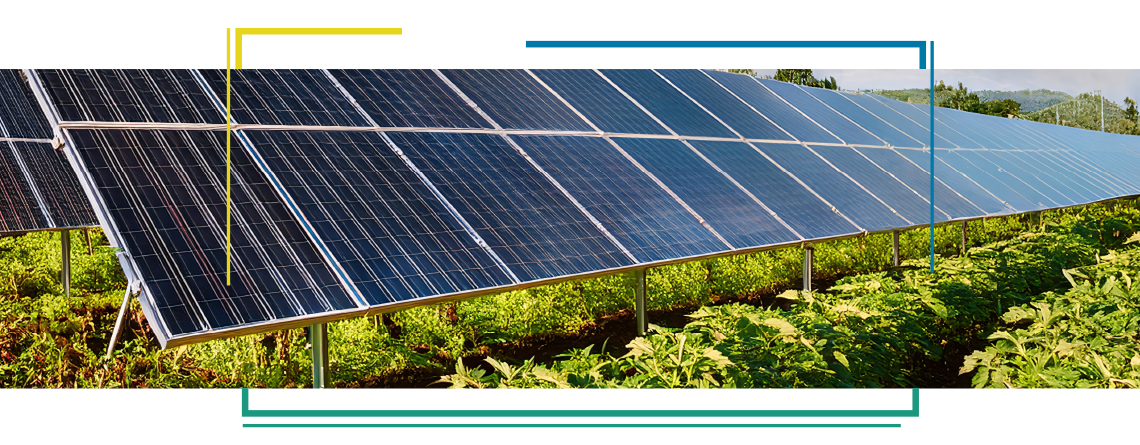Legambiente’s research named “Città Clima – Speciale Agricoltura” speaks for itself: in Italy, over the past ten years, from 2015 to 2024, there have been 146 extreme weather events that caused damage to agriculture.
The figures highlight a climate crisis that is costing the Italian agricultural sector millions. Among the hardest hit regions: Piedmont, Emilia-Romagna, Apulia, Sicily, Veneto and Sardinia.
The National Climate Change Adaptation Plan (PNACC) also states that by 2050, the Italian agrifood sector risks economic losses of €12.5 billion per year if no mitigation and adaptation actions are taken.
One way to make the agrifood sector more resilient is through agrivoltaics. This type of plants helps reduce soil evaporation while maintaining optimal moisture levels, thereby supporting crop health. Additionally, agrivoltaic plants have been used in various cases to protect specific crops from harmful environmental conditions such as hail, heavy rain, heatwaves, or frost. Other benefits include the shade from the panels, which also protects plants from excess sunlight, particularly during the hottest hours of the day.
To recap, agrivoltaic plants can provide cover for crops while reducing emissions, helping to slow the environmental disaster threatening the sector and reducing the risk of significant economic losses.



